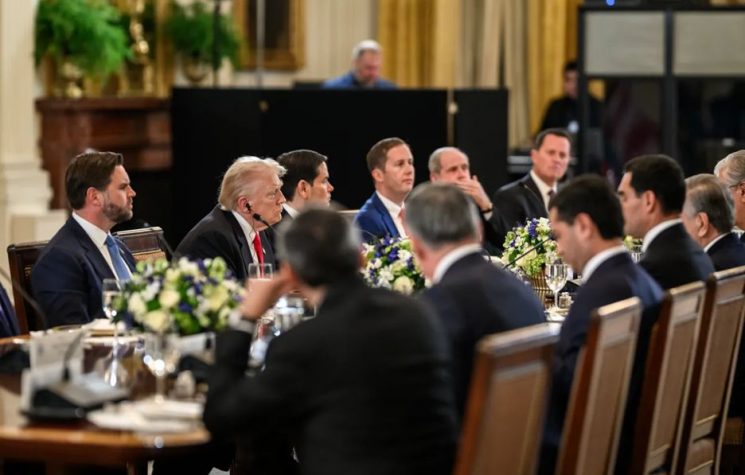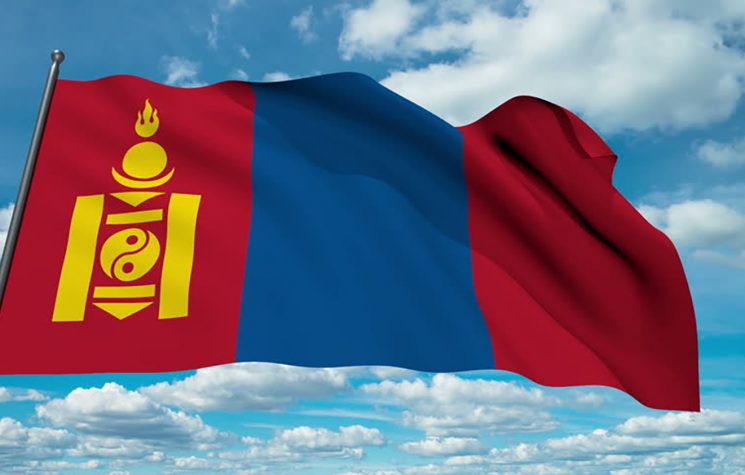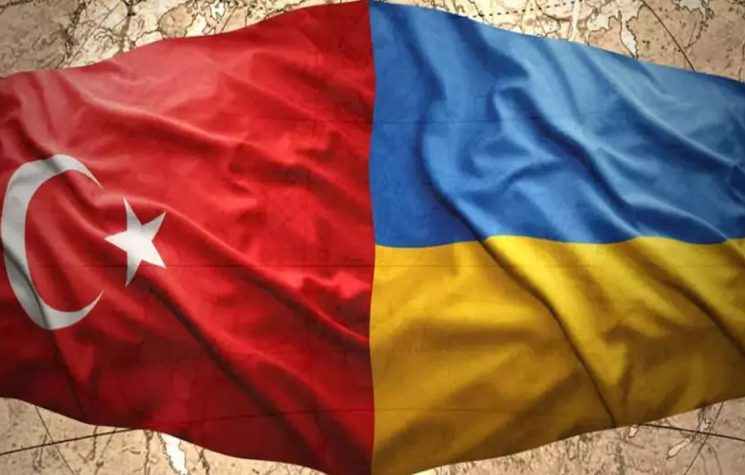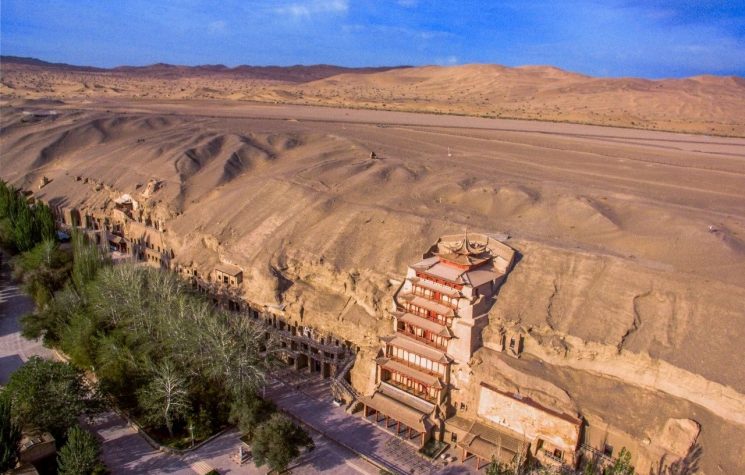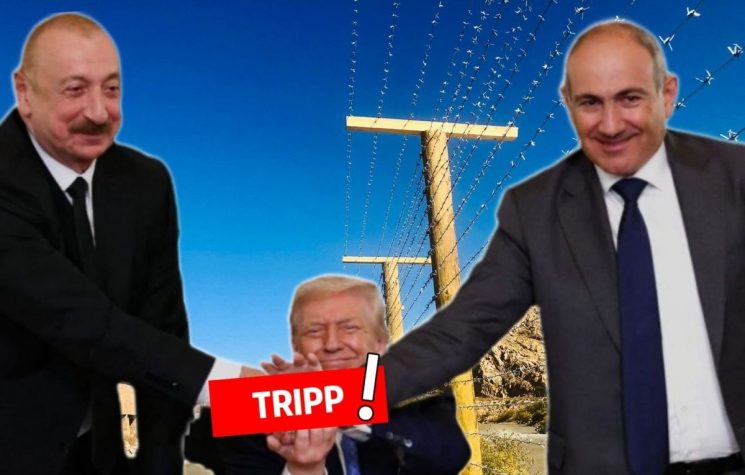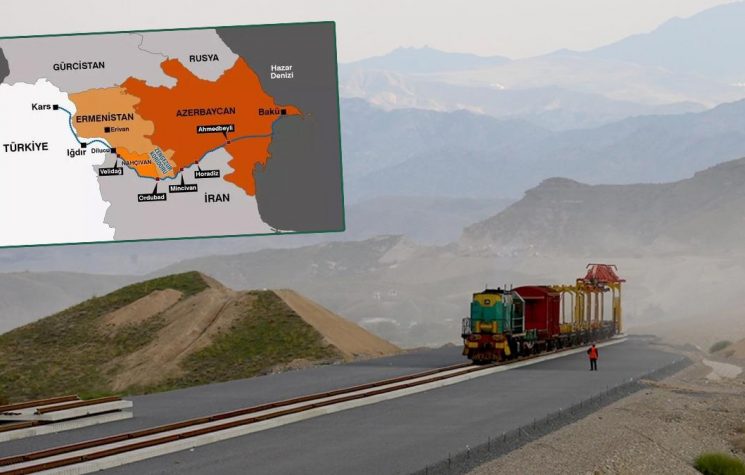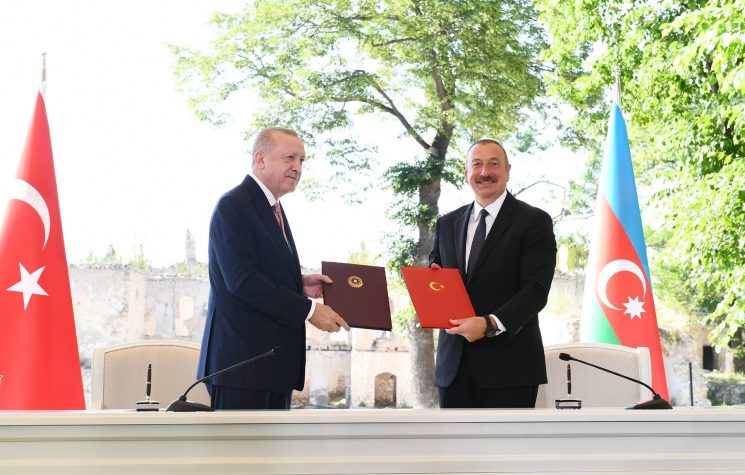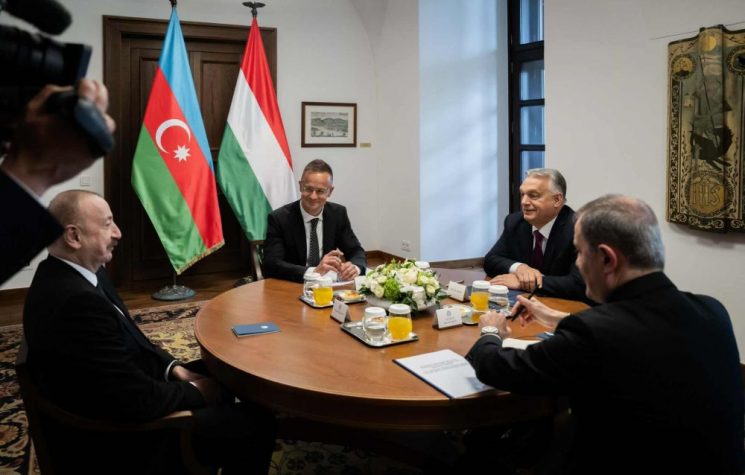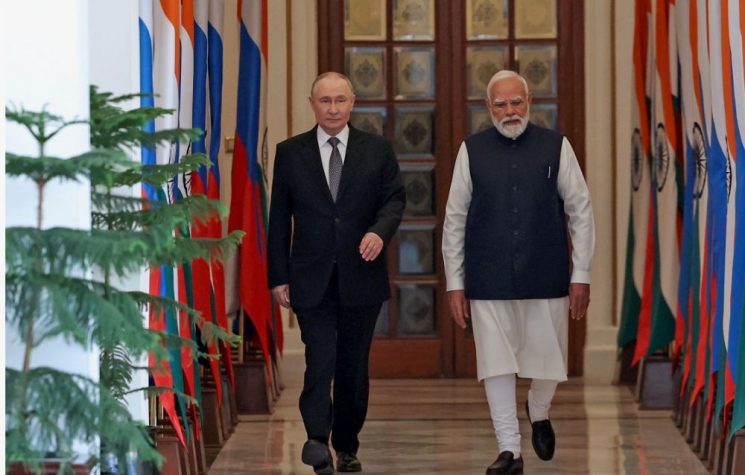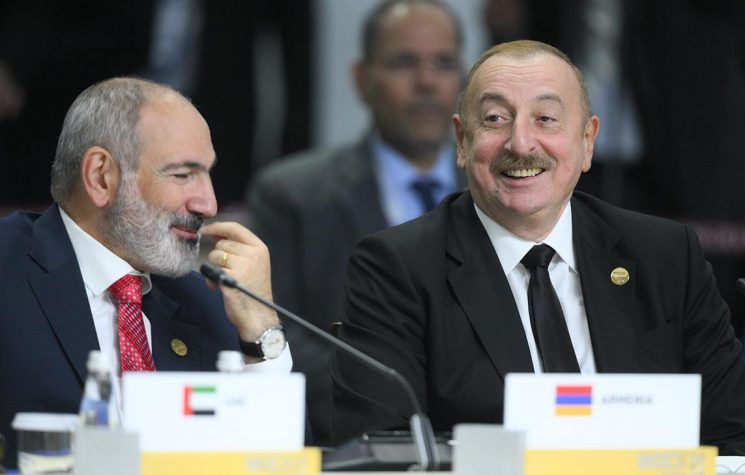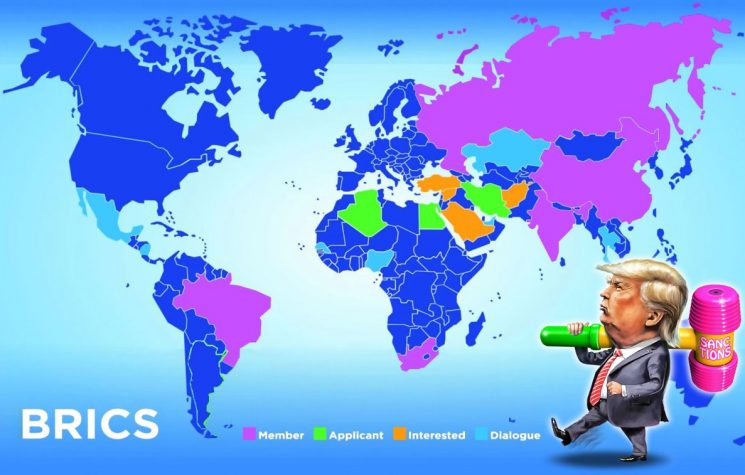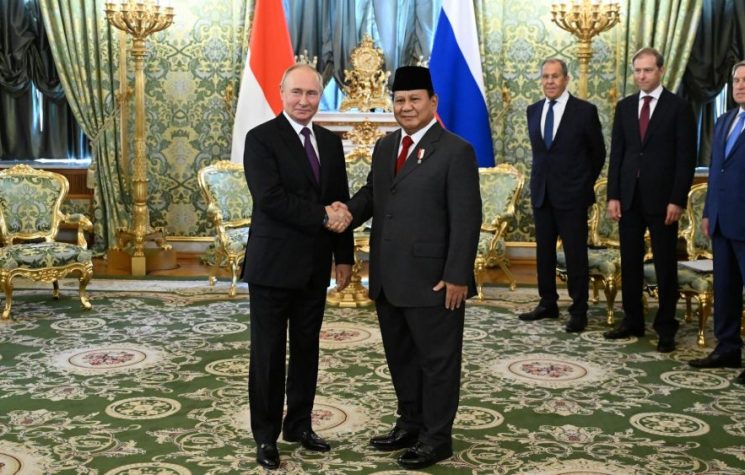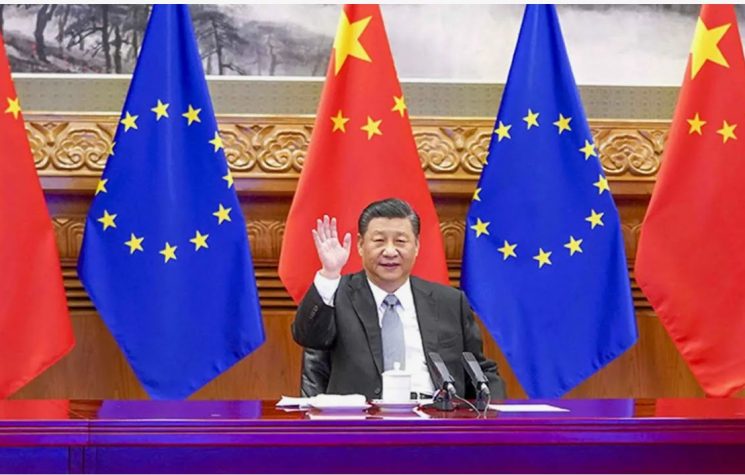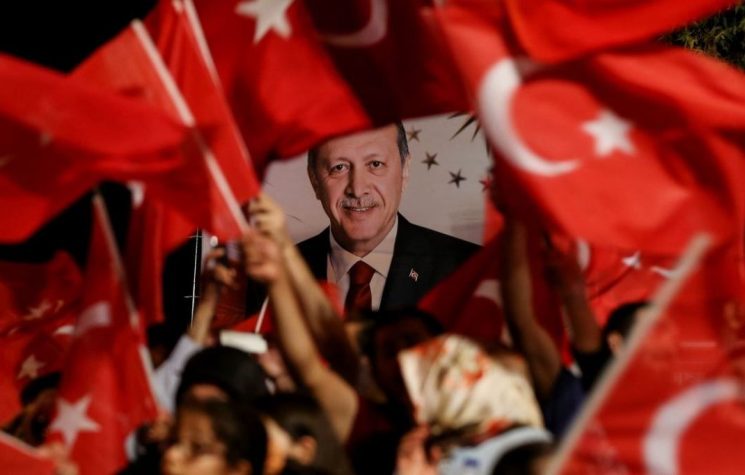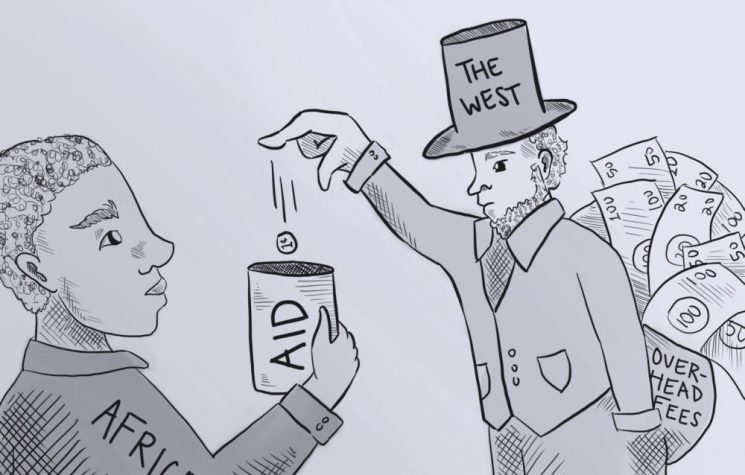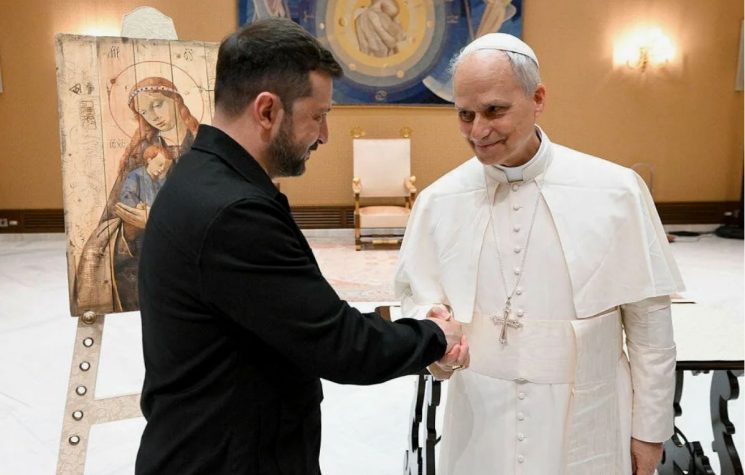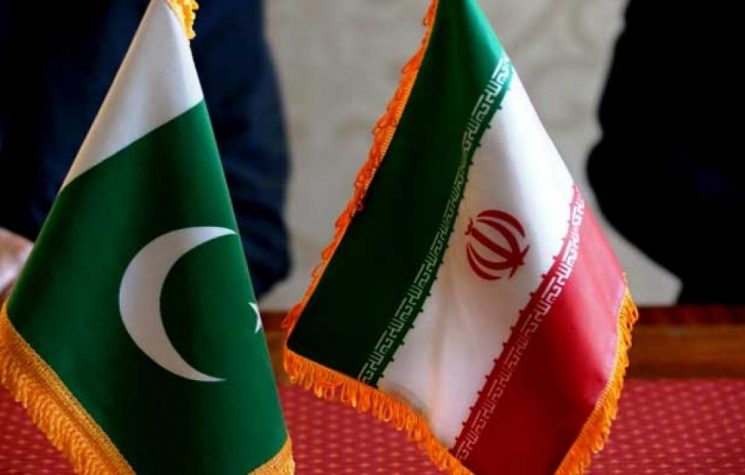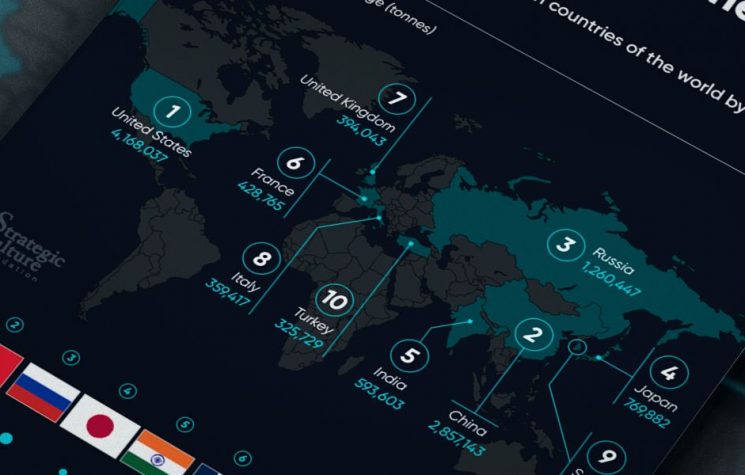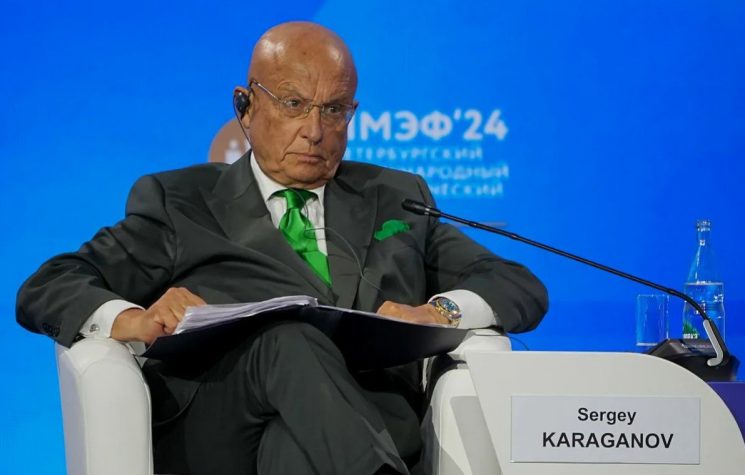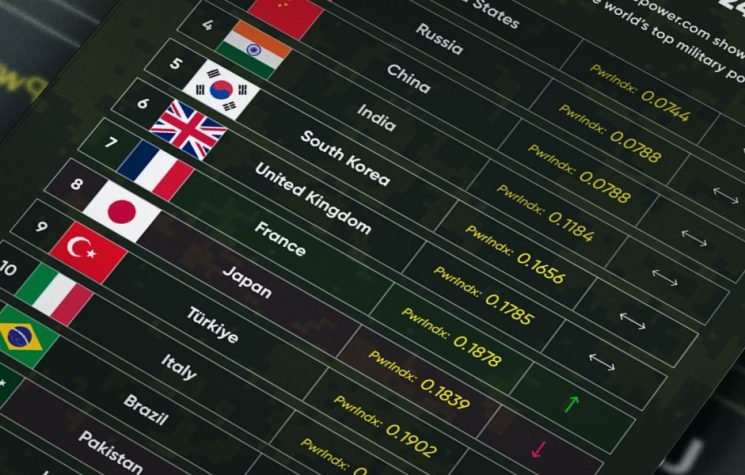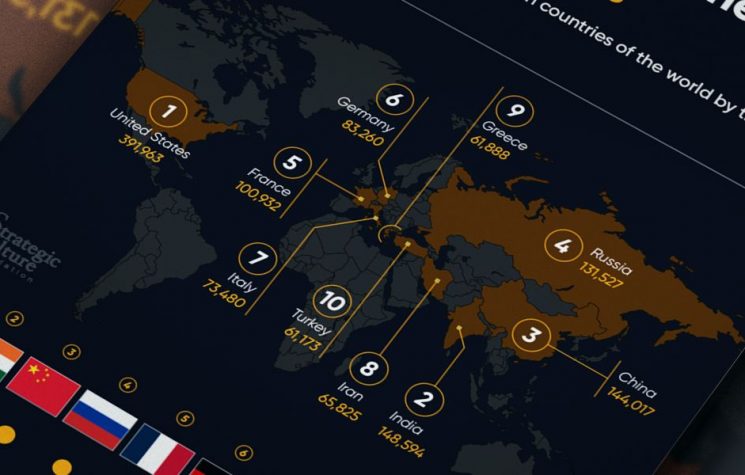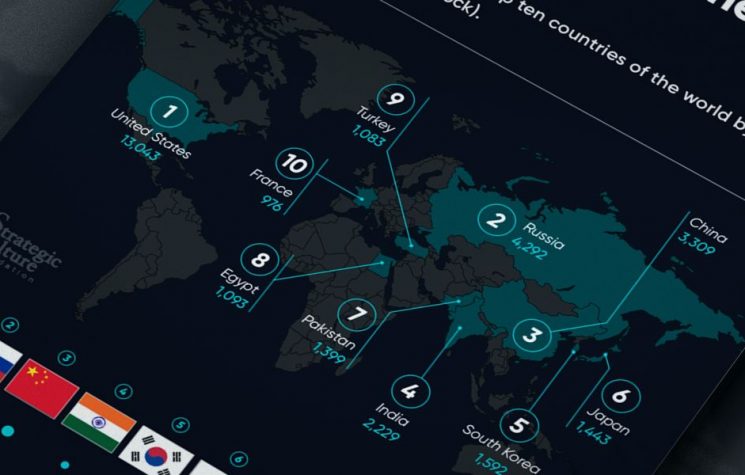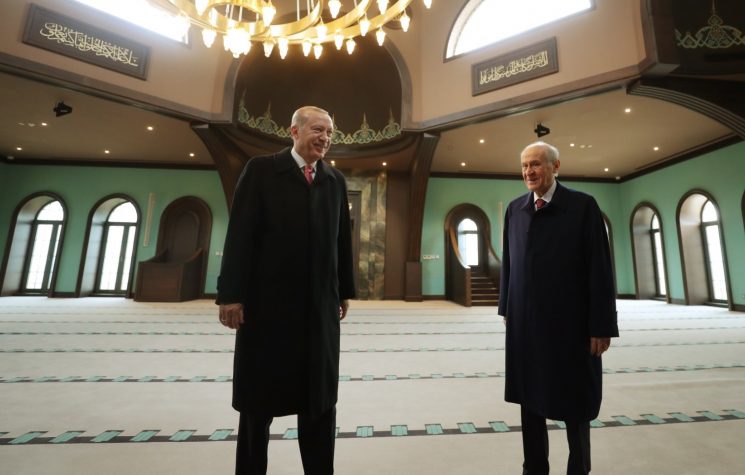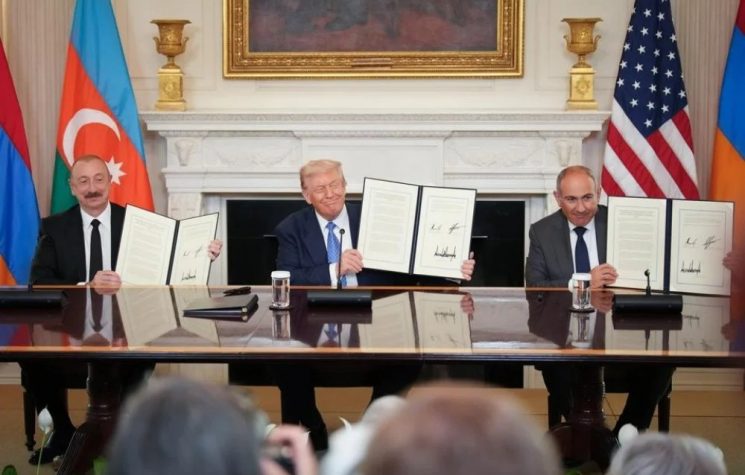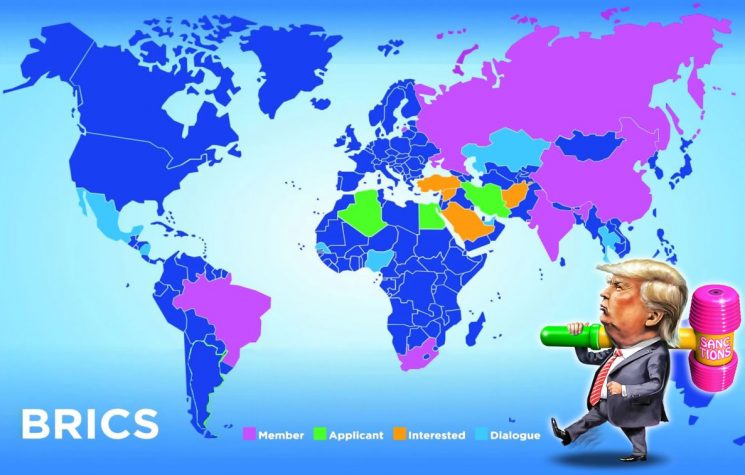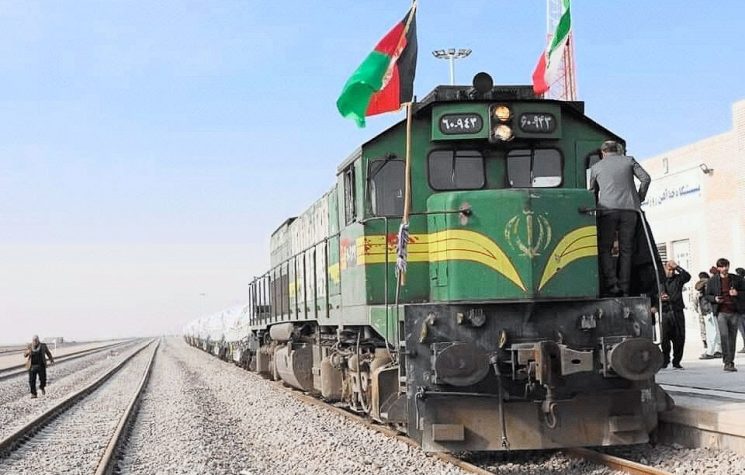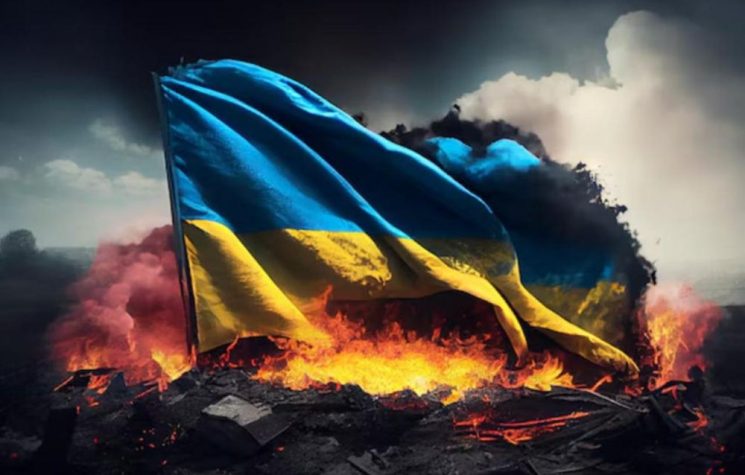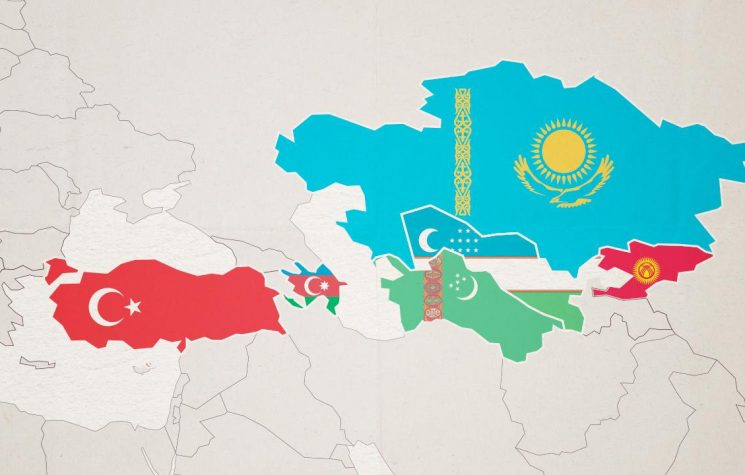Russia’s growing military strength-coordinated with other SCO members above all-and China’s trade growth in mainland Asia will be the main counter-balances to the expansion of the OTS and the maintenance of Eurasia’s geopolitical stability.
Contact us: info@strategic-culture.su
The changes in the political geometries of the multipolar world do not stop. The Organization of Turkic States (OTS), after the BRICS+ Summit in Kazan, is reorganizing and preparing for a new level of confrontation.
The structure of the Organization
The Organization of Turkic States, initially known as the Cooperation Council of Turkic Speaking States (Turkic Council), was established in 2009 as an intergovernmental organization. Its primary objective is to promote comprehensive cooperation among Turkmen states. The founding member states-Azerbaijan, Kazakhstan, Kyrgyzstan, and Turkey-were later joined by Uzbekistan as full members during the 7th Baku Summit in October 2019. Hungary was granted observer status at the 6th Summit in Cholpon-Ata, Kyrgyz Republic, in September 2018. At the 8th Summit, held in November 2021, Turkmenistan joined, in November 2022 the Turkish Republic of Northern Cyprus and in 2023 the Economic Cooperation Organization (ECO) became observer members of the Organization.
The purpose of this partnership is to strengthen peace and stability, promote international cooperation among members and joint development of their market. Although founded on the criterion of the Turkish language as the common denominator, the approach is not exclusivist, so potential members of different ethnicities and languages are also welcomed, but still from a Eurasian perspective.
There are four founding pillars:
- Common history
- Common language
- Common identity
- Common culture
The main organs of the Organization are the Council of Heads of State, the Council of Foreign Ministers, the Council of Elders, the Senior Officials Committee and the Secretariat. The Organization’s activities are also supported by its related and affiliated organizations, such as the Parliamentary Assembly of Turkic Speaking Countries (TURKPA), the International Turkish Culture Organization (TURKSOY), the International Turkish Academy, the Turkish Culture and Heritage Foundation, the Turkish Business Council, the Turkish University Union, and the Turkish Chamber of Commerce and Industry. Since 2011, the organization has convened its annual summits on selected topics, where the heads of state of member states evaluate the past period and set goals for the following year.
During the Istanbul summit in 2021, the Organization underwent a major internal restructuring, adopting a document entitled “Turkish World Vision 2040,” aimed at strengthening economic cooperation but also ethnic and linguistic cohesion. The Second Karabakh War marked a turning point for Turkish unity, evolving the concept of “one nation, two states” into broader regional cooperation among Turkish nations. The 2021 Shusha Declaration between Azerbaijan and Turkey solidified military and political ties in line with the doctrine promoted. Azerbaijan’s victory in the war, achieved with substantial military support from Turkey, not only strengthened Turkish solidarity but also showed the growing geopolitical influence of the Turkish world at the expense of major powers such as Russia.
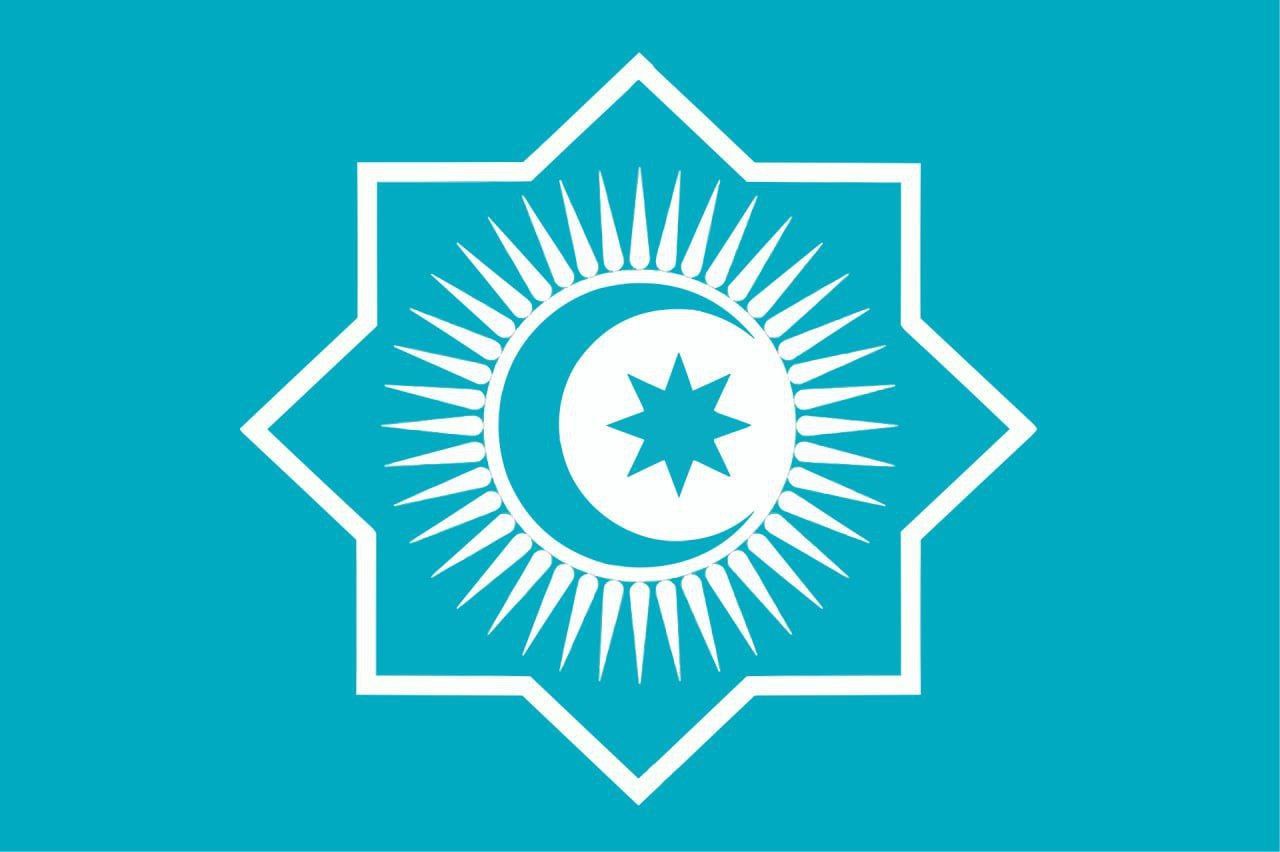
The organization in early November 2024 approved a new flag, which deserves a look at the deep meanings it holds:
- At the organization’s heads of state summit, the leaders of Azerbaijan, Kazakhstan, Kyrgyzstan, Turkey, Hungary and Uzbekistan approved the organization’s new flag.
- The flag depicts an octagon, a crescent moon, a star and a sun with evenly diverging straight rays located in the center of a turquoise blue field.
- The octagon represents Turkey’s centuries-old statehood. The sun, with its forty evenly diverging straight rays, symbolizes light, openness and vitality.
- The rays “represent shared values and vision that illuminate the path of the Turkish world, guiding it toward a brighter and more prosperous future.”
Charting a Turkic path in Eurasia
2024 was also the year of Erdogan’s major shift in Turkey’s foreign policies: the Islamic Alliance proposal against Israel, condemnation of genocide in Gaza and Lebanon, entry into BRICS+, and criticism of NATO, of which he has been a member since 1952. While Turkey does not enjoy much trust in the Islamic world because of religious heterodoxy and various recent historical events that have damaged the integrity of the Islamic world, it is nevertheless true that the repositioning accomplished, at least in words, has also opened up interesting vistas for the Turkmen states that geographically fit into Eurasia as a continent, occupying an important part of it.
Justifying the strategy of a “Turkic road” in Eurasia, there is first and foremost the decline of U.S. hegemony and the intensification of the rivalry between the West and the East, or rather between NATO with its satellites and the Sino-Russian axis in particular, a movement that has motivated much of the initiatives in a multipolar key carried out during the year and has redrawn the geostrategic perimeters of all of Eurasia, but also of Southeast Asia and much of Africa.
In this sense, the OTS has emerged as an increasingly influential regional alliance in a period of significant internal transformations: it has transformed from a cultural organization into a powerful political, economic and security bloc; taking advantage of its strategic geographic location, rich natural resources and shared cultural identity, it now navigates great-power rivalry while pursuing strategic autonomy and regional influence. The major goal is to emancipate itself from both Euro-Atlantic and Sino-Russian axis dependence.
Stability is maintained when a dominant state leads the global order, but when rising powers challenge this dominance, conflict and instability become more likely, reflecting the dynamics of competition among great powers. In this rivalry, great powers vie for dominance over strategic regions, energy resources, supply routes and critical areas such as politics, economics, military capabilities and technological innovation to shape the international system to their own advantage. The relative decline of U.S. hegemony, coupled with intensifying rivalry among great powers, has had significant regional implications for Eurasia, creating a strategic opportunity for the OTS.
In this logic, strategic autonomy is a priority for the Organization. First, we have Turkey’s proactive and independent foreign policy, which deftly balances its NATO membership with its commitments in the Sino-Russian sphere; second, we see the gradual shift of other Turkish states, such as Azerbaijan, Kazakhstan, Kyrgyzstan, and Uzbekistan, toward policies of autonomy and non-dependence on Russia’s military power. Despite being a NATO member, Turkey faces regional tensions with the United States, particularly in the Middle East and Eastern Mediterranean region, while pursuing BRICS membership and constantly advocating reform of the international system, particularly the UN Security Council, through its well-known slogan “the world is bigger than five.” It is on friendly terms with Russia-although it holds conflicting views regarding Libya, Syria and Karabakh and has condemned Russia’s SMO in Ukraine-and is enhancing trade with China-where the Uighur Turkish minority is present.
Another significant movement to watch is that of the push toward distancing the post-Soviet Turkic nations from the Russian orbit. A kind of “detachment” from the CIS, or nearly so.
Azerbaijan won in Karabakh thanks to Turkish support, choosing sides over its sphere of influence. In energy policy, it reduced Europe’s dependence on Moscow through the Southern Gas Corridor.
Kazakhstan, Kyrgyzstan and Uzbekistan did something similar: within CSTO, they did not recognize the new Russian regions of Donbass and opposed Armenia within the partnership. Uzbekistan abandoned the Cyrillic alphabet, reverting to the Latin alphabet, a move that is culturally impressive in the long run in terms of national cultural identity.
At Turkey’s suggestion, the geography of Central Asia reverted to Turkestan, a bridge zone between Europe and Asia, a geopolitical battleground for maintaining the Heartland’s domestic stability, a Rimland attachment point and, geoeconomically speaking, a Silk Road trajectory.
Russia’s growing military strength-coordinated with other SCO members above all-and China’s trade growth in mainland Asia will be the main counter-balances to the expansion of the OTS and the maintenance of Eurasia’s geopolitical stability.










